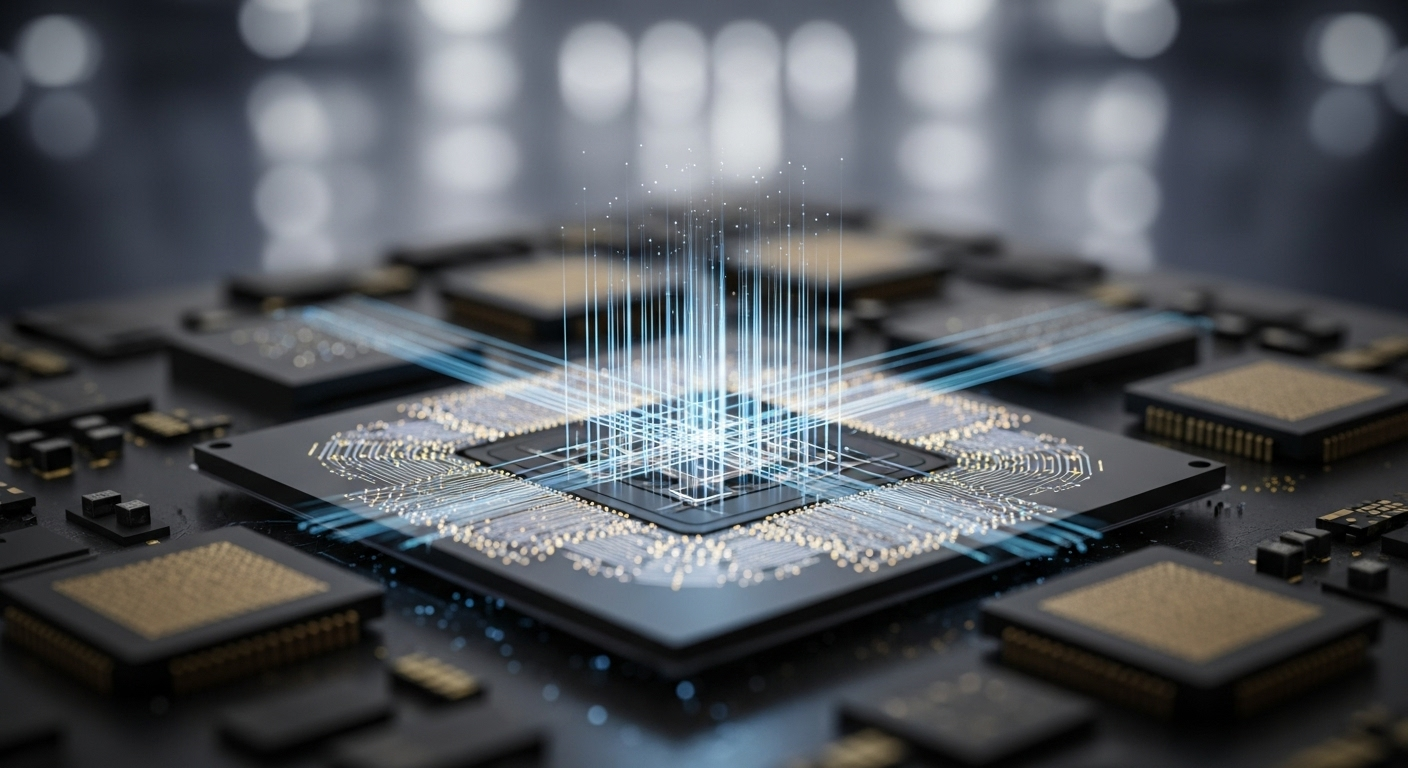Unraveling the Mysteries of Photonic Computing
Photonic computing, the intriguing frontier of computing technology, is setting the stage for a new era of data processing. This technology, which uses light particles (photons) instead of electrons to process information, has the potential to revolutionize everything from artificial intelligence to telecommunications. Here, we delve into the enigmatic world of photonic computing, its roots, current developments, and its potential to reshape our technological landscape.

Delving into the Photonic Computing Origins
The concept of using light to process information is not a new one. The roots of photonic computing trace back to the 1960s, when researchers started exploring the idea of optical communication. The massive increase in data processing needs in the 21st century re-ignited interest in photonic computing, as researchers sought ways to overcome the limitations of electronic chips.
The Present State of Photonic Computing
In recent years, photonic computing has moved from the realm of theoretical research into practical application. In 2020, Dutch researchers made a significant breakthrough when they developed the first photonic microprocessor, a chip that uses light to process data.
This monumental development came with a host of advantages. Photonic chips, unlike their electronic counterparts, produce minimal heat, thereby reducing the need for energy-intensive cooling systems. In addition, they can process information at the speed of light, offering a significant speed advantage over electronic chips.
The Brilliance of Light: Unleashing the Potential of Photonic Computing
The promise of photonic computing lies not just in its speed and efficiency, but also in its potential for scalability. The technology could allow for the development of processors that are exponentially more powerful than today’s supercomputers, unlocking new possibilities in fields like artificial intelligence and quantum physics.
One significant area of potential impact is telecommunications. As data centers increasingly become the backbone of our digital world, photonic computing could drastically reduce their energy consumption while simultaneously increasing their processing power.
Photonic Computing: The Price and Market Impact
While the potential of photonic computing is immense, its widespread adoption hinges on the ability to manufacture photonic chips at scale and at a cost comparable to electronic chips. Current estimates suggest that the first commercial photonic processors could hit the market within the next five to ten years.
When they do, they could make a significant splash. The global photonic chip market was worth an estimated $6.4 billion in 2020 and is projected to grow to $20.4 billion by 2027. Photonic computing could take a substantial slice of this market, given its potential to outperform electronic chips in speed, efficiency, and scalability.
The Future of Photonic Computing
The journey of photonic computing is just beginning. As researchers continue to refine the technology and solve the manufacturing challenges, we can expect to see more breakthroughs in the years to come. Photonic computing has the potential to usher in a new era of computing, one that could redefine our technological landscape and shape the future of everything from AI to telecommunications.
In conclusion, photonic computing represents a thrilling frontier in technology. Its combination of speed, efficiency, and scalability promises to revolutionize our digital world. As we look to the future, the light of photonic computing shines brightly, illuminating a path towards new and exciting possibilities.




